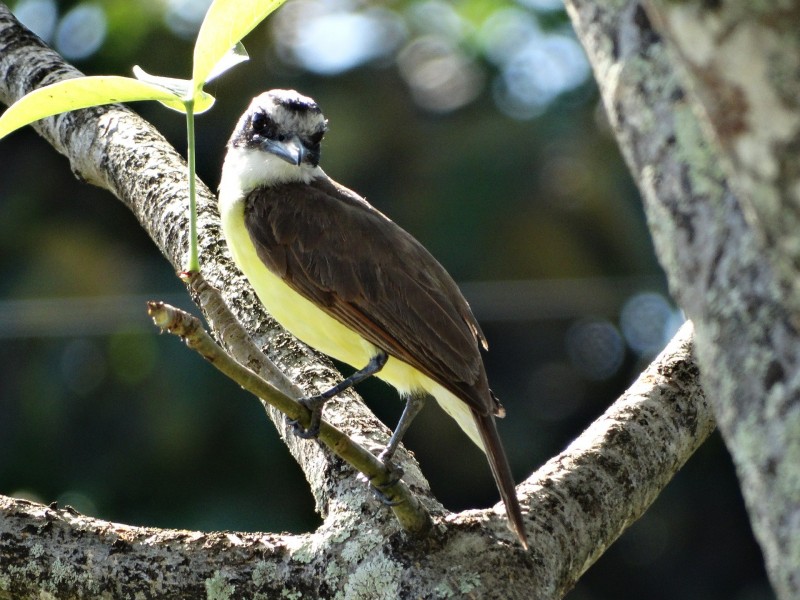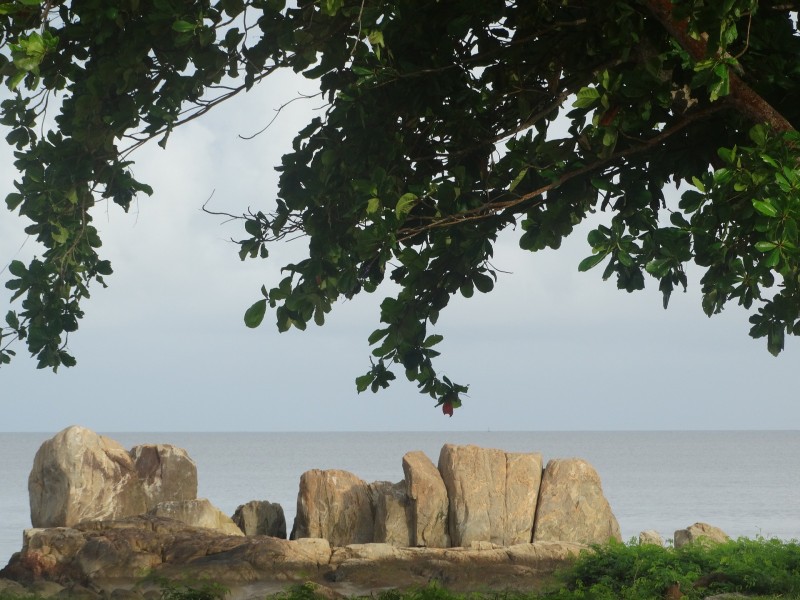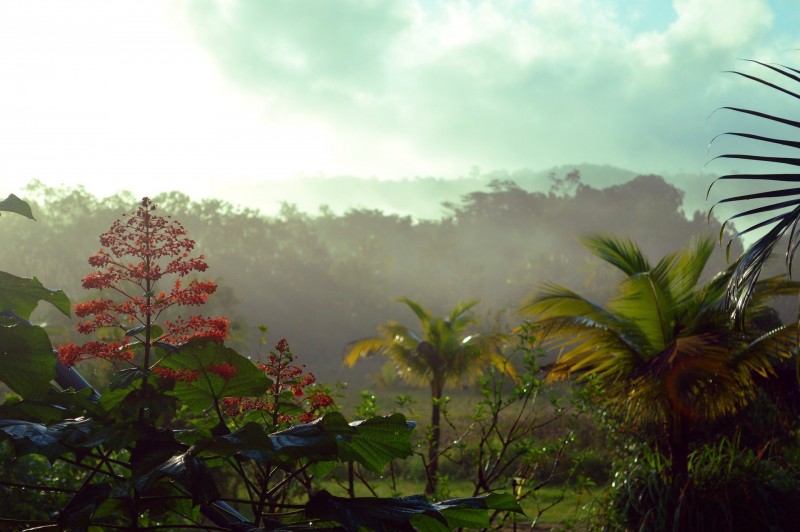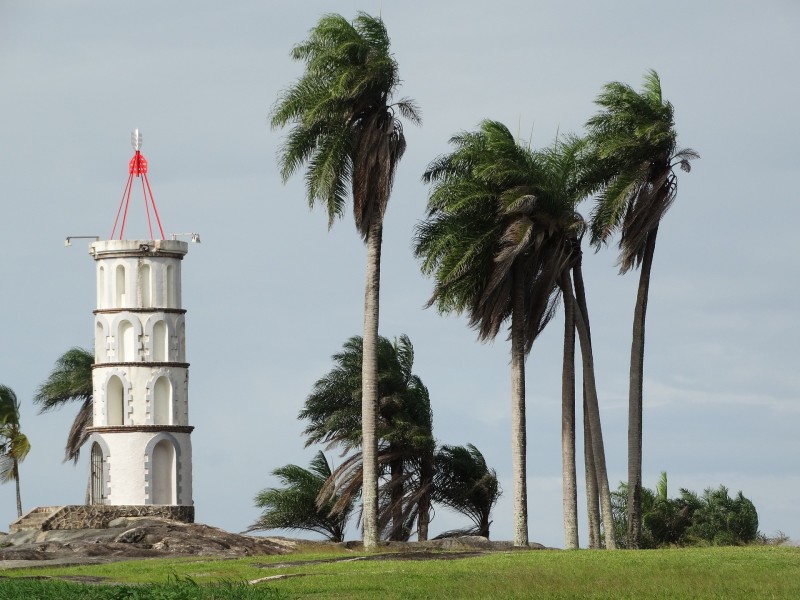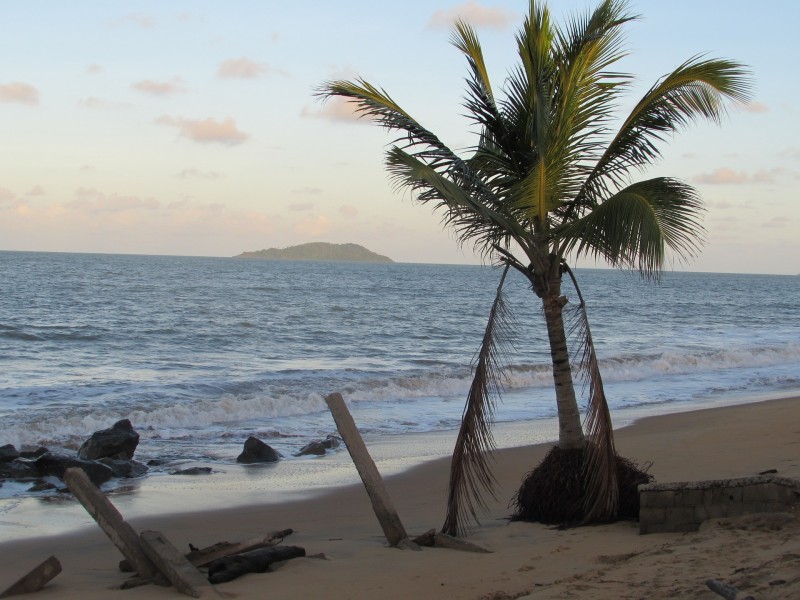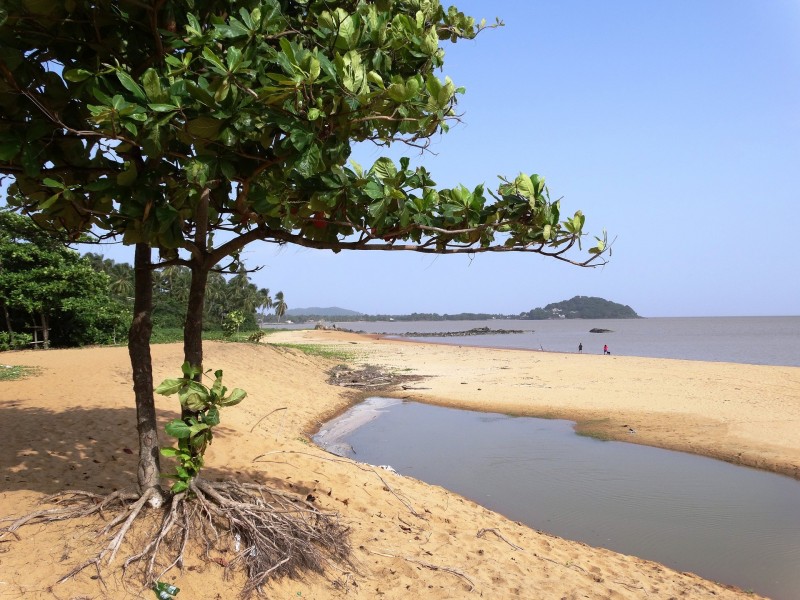French Guiana
French Guiana
Capital city description
Cayenne is located on the banks of the estuary of the Cayenne River on the Atlantic Ocean. The city occupies part of the Ile de Cayenne. It is situated 268 km from Saint-Laurent-du-Maroni and 64 km from Kourou. Cayenne represents the crossroads of Europe, the Caribbean, and South America.
The city of variegated cultures is home to vibrant markets, Creole, Brazilian, Chinese and French restaurants and streets lined with colonial houses painted in topical shades of turquoise, pinks, and yellows. Pleasing to all the senses, the capital of French Guiana is wonderfully quaint, welcoming, and genuinely enticing.
Climate
The climate of French Guiana is equatorial, hot, and humid, with slight variations in temperatures throughout the year. The average annual temperature is 27 ° C. While the average minimum temperatures remain stable throughout the year around 23 ° C, and the average maximum temperatures vary between 29 ° C and 33 ° C.
The dry season is in the months from August to November. At the same time, the rainy season is between December and July. May is the rainiest month. The average annual rainfall is around 2,500 / 3,500 mm. The rainiest area of the country is the northeast region, where rainfall can reach 4,000 mm of rain per year. The northwest parts are less rainy, and the rainfall here drops to values of less than 2,000 mm per year.
Languages spoken
The primary language spoken is French, but they also speak Portuguese, Spanish, Dutch, and English.
French, French Guiana's Creole, Haitian Creole, Portuguese, Amerindian Language.
Fun/Fascinating Facts
1. The beaches in French Guiana are popular turtle nesting sites, particularly for the Leatherback turtle.
2. French Guianese enjoy a tropical climate with hot and humid weather, with slight temperature variation throughout the year.
3. It has a wide range of tropical forests, which are particularly beautiful. The forest has several species unique to French Guiana (such as the dyeing poison frog pictured below) and many kinds of trees.
4. French Guiana has varied terrain, with a fantastic mix of low-lying coastal plains, rising to hills and small mountains covered in dense rainforest.
5. French Guiana is home to the 'Le Centre Spatial Guyanais,' known as the Guiana Space Centre. The Guiana Space Centre, also called Europe's Spaceport, is a French and European spaceport to the northwest of Kourou in French Guiana, a region of France in South America.
Unique Customs/Traditions
- Guiana is strong enough to manifest Creole tradition in French, despite excessive French influence on the national culture. Thus, the Creole traditions occupy a dominant position in customs and the kitchen, music, and language.
- The people of different faiths and cultures can note significant differences in everyday life and family etiquette. Often family members live relatively close to each other, most often in the same quarter. And the holidays and festivals are celebrated together, support the indestructible family contact. These family meetings are usually held for feasts accompanied by various kinds of performances, music, and dance. At such events may be involved are strangers, even the tourists.
- One of the common traditions includes greeting people encountered on the street. Surprisingly, these passers-by may be utterly unfamiliar to each other! In French Guiana, it is strong enough to influence the French significantly and European in general. With specific regard to giants, they are pretty apathetic to the appearance of alien cultures and customs. Many tourists formed an opinion about gviantsah that these people have indifferent behavior; however, in reality, far from it. The inhabitants of Guiana rely directly on the circumstances, and these people are open to communication and may be happy to tell you about the sights of his country.
- As for clothing, as in many countries, there is no strict noma. Naturally, the beach is not allowed to view the official event.
- The daily routine in French Guiana is shifted closer to the evening: it is often leaky, and dinners are held later. The population of Guiana is relatively poor, although prepared in a variety of primarily small dishes, use only the freshest vegetables. And when it comes to feeding in these parts, it is often not just abundant and often still is delayed until late. If tourists were invited to dinner, it would be a great honor for the tourists and the house owners.
Popular universities
| Name | Description | |
|---|---|---|
| Université de Guyane | Université de Guyane (University of French Guiana) is a non-profit public higher education institution located in the small city of Cayenne. This institution also has a branch campus in Schoelcher. Established in 2014, officially recognized by the Ministère de l'Enseignement supérieur, de la Recherche et de l'Innovation, France (Ministry of Higher Education, Research and Innovation of France). Université de Guyane (UG) offers courses and programs leading to officially recognized higher education degrees in several areas of study. | |
Festivals & Events
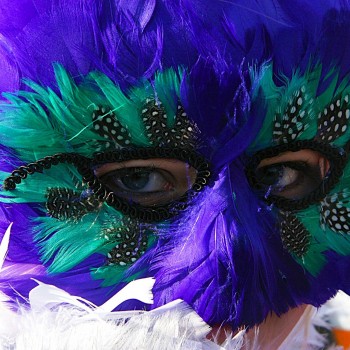
Carnival in French Guiana
Date: January and February
The Carnival in French Guiana is celebrated between Epiphany and Fat Tuesday. Although its origin is traced to European carnival tradition, the style of the event is described as Afro-Caribbean. The carnival season in French Guiana begins on January 6 (Epiphany) and runs through Shrove Tuesday (Mardi Gras). Every Sunday, there are big parades in town where locals form groups wearing costumes based on the year’s theme. Watch one of the parades, and you will likely receive a free beignet, delicious fried cakes that are a typical New Orleans snack.
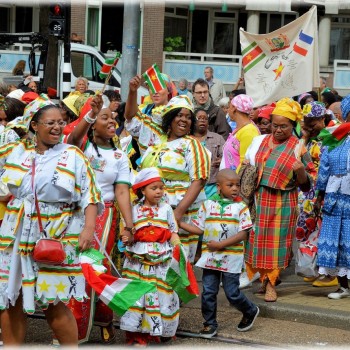
Abolition of Slavery Day
Date: May 8
Abolition Day in French Guiana is celebrated on June 10. It was first observed in 2012. Families head to the park, where food kiosks are set up for fun and camaraderie.
The holiday commemorated the anniversary when slavery was abolished in French Guiana in 1848. French Guiana is one of the overseas departments of France, and it is located on the northern Atlantic coast of South America.
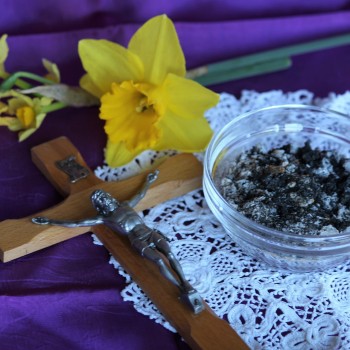
Ash Wednesday
Date: February`
Ash Wednesday in French Guiana is regarded among the important events. People from different age groups, including men, women, and children, start planning many days before the event. People living in various cities and towns make special arrangements regarding the Day. There is excellent religious and cultural harmony present in French Guiana.
Ash Wednesday marks the end of Mardi Gras. It is a public holiday, banks, government offices, and some private businesses are closed.
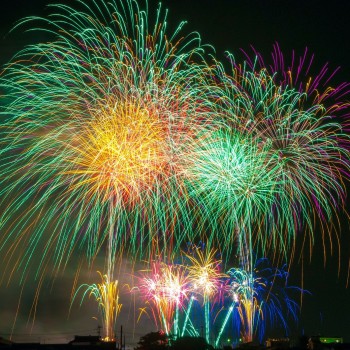
New Year
Date: January 1
French Guiana celebrates New Year with the rest of the world on the 1st of January. Expect spectacular fireworks and public concerts.
New Year’s Day is a time of resolutions and starting fresh for some, while for others, it is spent recovering from a big, late-night spent with friends and family.
You may find a costumed ball going on, but people love to dance the new year even at home.
New year food varies but includes just about everything. Wine, especially champagne, oysters, and cheeses, are ubiquitous New Year snacks. At the stroke of midnight, confetti, streamers, whistle-blows, and shouts suddenly erupt.
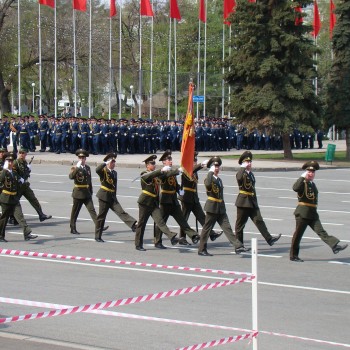
Victory Day
Date: May 8
Victory Day commemorates the end of World War II, which was marked by the formal surrender of Nazi Germany to the Allies and the victory speech of Charles de Gaulle on May 8, 1945.
You can expect to see the French tricolor displayed on public and private buildings alike on Victory Day. And are patriotic speeches, singing of the French national anthem in the streets, parades, special church services, special lessons for school children, and other celebratory actions.
Attractions / Top Sights
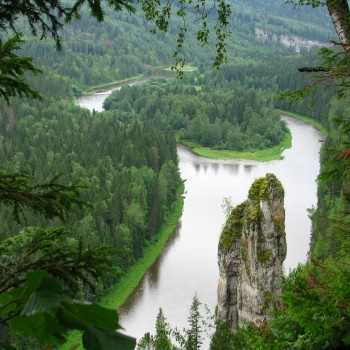
Îles du Salut (Salvation Islands)
When to visit: Mid-August to Mid- November or September to October
Îles du Salut is the island group of French Guiana, located in northeastern South America, in the Atlantic Ocean about 8 miles (13km) northeast of Kourou, and comprising three main islands: Royale, Saint-Joseph, and Diable, the site of the infamous "Devil's Island" penal colony from 1852 to 1953.
Most travelers visit Île Royale, the largest of the three islands and the former administrative headquarters for the colony. The buildings have been converted to hotels and tourist facilities, and an abundant array of wildlife now inhabits the island, including macaws, monkeys, and agouti.
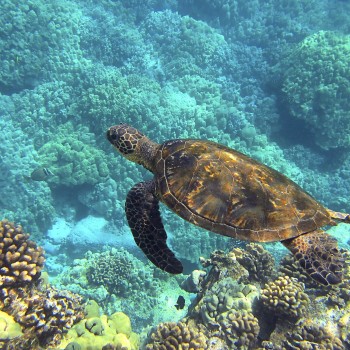
Plage Les Hattes
When to visit: July to September
Les Hattes is a small community located on the Marconi River in French Guiana. It is known for its beautiful beach, Plage Les Hattes, an important nesting site for the giant Leatherback turtles.
During the peak season from April to July, more than 80 leatherbacks lumber up the beach in a single night. Their eggs hatch between July and September. This three-kilometer stretch of beach is also an important nesting site for green turtles and, on occasion, Olive Ridley and hawksbill turtles.

Guiana Space Centre
When to visit: Between June, August and November
Guiana Space Centre is a French and European spaceport located near Kourou in French Guiana. It is most commonly is known by its French name Centre Spatial Guyanais. In 1964, the French government chose this jungle-fringed slice of equatorial coast near Kourou for a space center.
Three separate organizations operate at the Kourou Space Centre: the European Space Agency; the French Space Agency; and Arianespace, a private commercial enterprise developing the Ariane rocket.
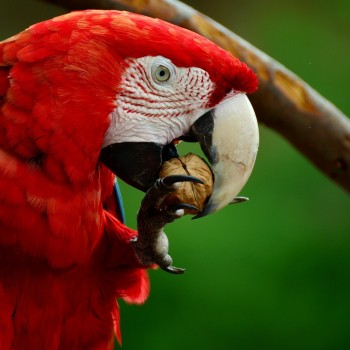
Zoo de Guyane
When to visit: Between June, August and November
The French Guiana Zoo ( Zoo de Guyane) is a zoo in French Guiana, France, located between Macouria and Montsinéry. You can see animals native to the Amazon in natural settings, where local wildlife is also free to wander the grounds.
The 450-plus animals in the zoo's collection represent around 75 different species. Sloths, agoutis, crocodiles, howler monkeys, anteaters, and a panoply of birds, such as toucans and macaws, are just some of the residents at Zoo de Guyane.
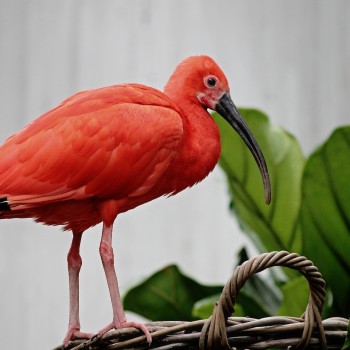
Tresor Nature Reserve, Kaw
When to visit: August to September or October to November
The Trésor Nature Reserve is one of French Guiana's most accessible primary rainforest areas, and wandering its 1.75km botanical trail is a great way to experience its rich diversity and wildlife.
It is a great place to observe black caimans, a smaller relative of the American alligator, and a rich diversity of birdlife, such as the scarlet ibis.
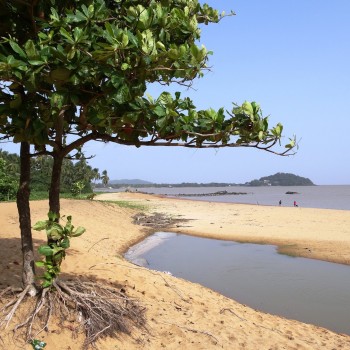
Remire-Montjoly Beach
When to visit: Between June, August and November
The Remire-Montjoly beach has the most fantastic sand, and it is one of the most picturesque beaches of French Guiana, located southeast of Cayenne. It is a typical windy French Guiana beach; you can tan, swim and enjoy the beach. Swimming can be challenging because of the wind.
There are lots of sea creatures like sea turtles in the Cayenne Sea. People usually prefer Remire-Montjoly Beach to observe sea turtles, and its water is spotless, but it can get brown from time to time. You can be both on the beach and wilderness with plants.
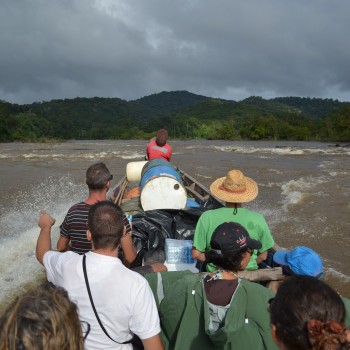
Pirogue on the Maroni River
When to visit: Mid-August to Mid- November or September to October
Paddling along a jungle-fringed river in a local boat is an exhilarating way to explore French Guiana's seemingly impenetrable wilderness. The rivers flow through the heart of the steamy jungle.
One of the most famous rivers to paddle is the Maroni River, on French Guiana and Suriname border. It is the country's longest and most populated waterway and provides a chance to encounter Amerindians and Maroons and learn about their culture.















